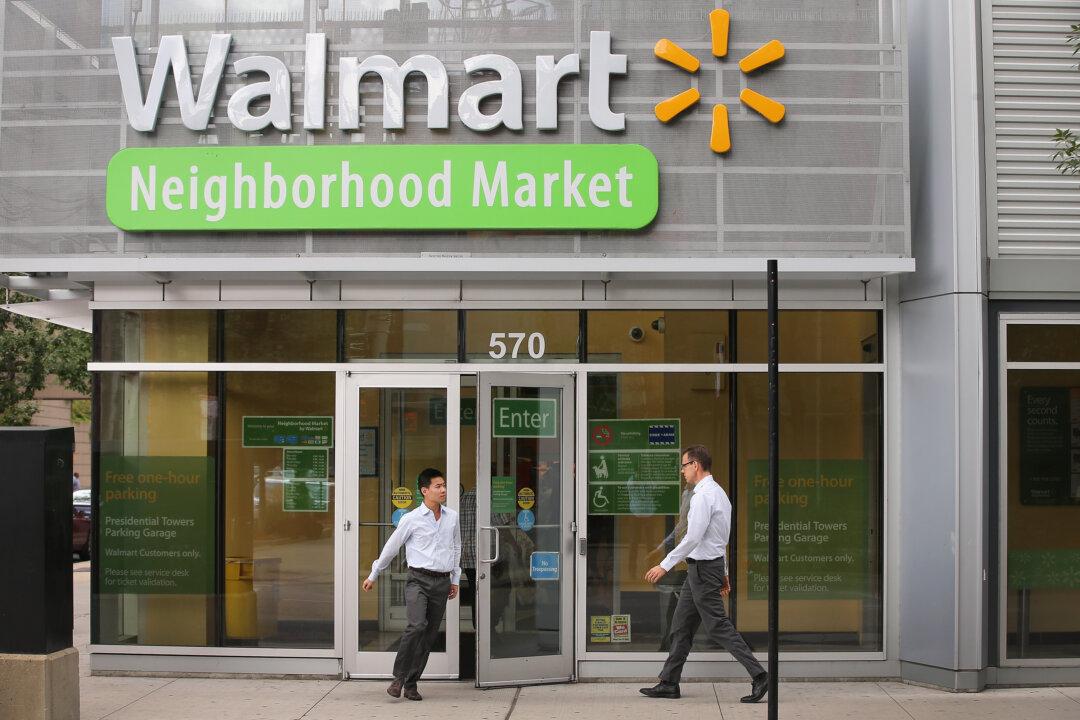History always proves to be a valuable teacher.
American migration to the West realized several famous and infamous moments in history. We read about periods of lawlessness, abundant opportunities to own land and build wealth, historical figures doing famous or infamous deeds, and new beginnings.
Just like the Wild Wild West period in Western U.S., some industry writers of the future will most likely compare the early years of digital marketing as being like the Wild Wild West. Nothing was really being monitored and some of the early metrics are now useless. Marketers raced to get digital campaigns started and usually with very little thought to fraud and lack of transparency of advertising messages placed on desired publishers’ sites.
Valuable lessons, and some hard ones, can be gleaned from this. Today’s marketers see a need to safeguard their brand’s or company’s digital messaging. Today, brand safety pops up as a key topic of discussion in boardrooms at major corporations.
Brand safety is the practice and use of tools to ensure that impressions being purchased are adjacent to content that would not be detrimental to the brand, and that the advertising placed is viewable to the desired audience and fraudulent impressions are detected.
There are third-party companies that can perform these services such as Double Verify and Integral Ad Science. In real-time as schedules are deployed, undesired publisher sites are blocked and those impressions are re-served to another more desirable site. As sites are blocked, a list is developed and used to blacklist sites that are not desirable for future campaigns.
Additionally, viewability is being tracked. The Interactive Advertising Bureau (IAB) defines viewability as viewable impressions are one that at least 50 percent visible for at least one second. For impressions found not viewable, the third-party servicer will notify the publisher to re-serve those lost impressions. Fraud has also become a huge problem. Fraudulent impressions occur when clicks comes from “botnets” within the advertising auctions. Third-party servicer is diligent to minimize these occurrences to ensure those impressions are re-served to viable sites.
As advertising spend continues to accelerate within the digital landscape, it becomes increasingly important to seek third-party assistance. Brand messages should be positioned in safe environments. It only takes seconds to turn off a potential customer, but far longer to re-engage them.
Contracting with a third party is sound business practices and money well spent. In many cases, spending for this service is within the range of what is spent on ad-serving charges. Long-term, it could go a long way to maintain, and conceivably grow, revenue goals.
Adele Lassere is a marketing/advertising consultant with 20+ years experience, freelance writer and author of “Elements of Buying” (self-help advertising guide), available at Amazon.com. Adele was listed as Black Enterprise’s 2011 Top Execs in Marketing & Advertising and Black Enterprise’s 2013 Top Women Executives in Advertising & Marketing. Contact: [email protected]



